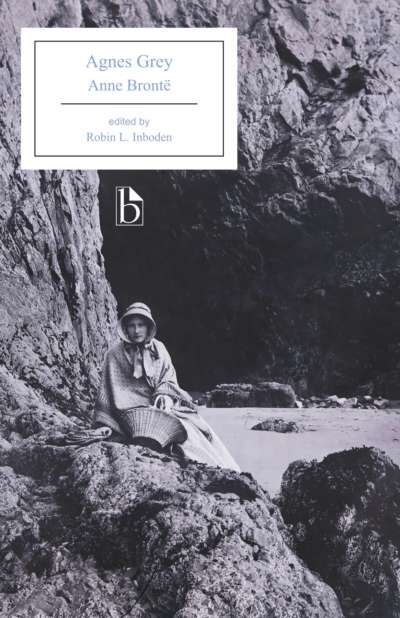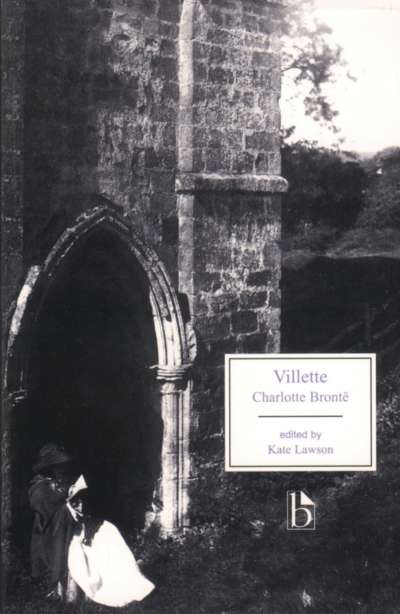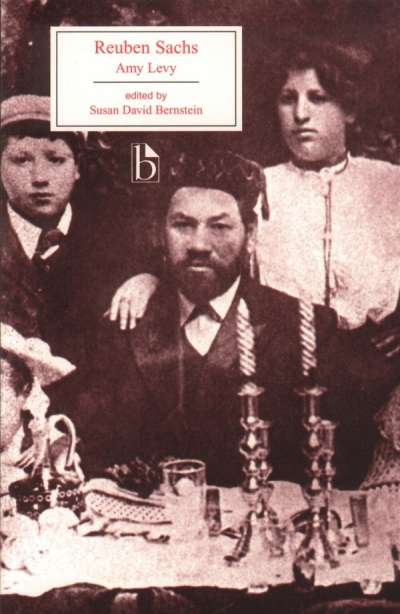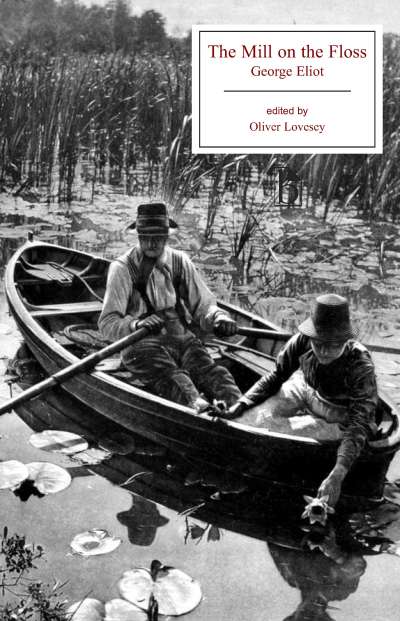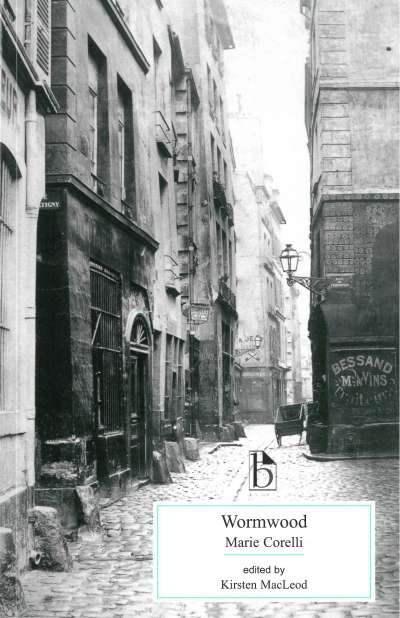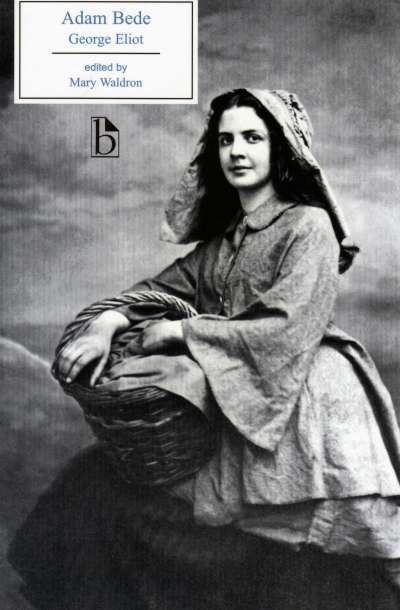George Eliot’s Middlemarch (1871-72) is one of the classic novels of English literature and was admired by Virginia Woolf as “one of the few English novels written for grown-up people.” The complex main plot and many subplots revolve around Dorothea Brooke, an ardent young woman, and her relationship to three men: Casaubon, a clergyman and scholar twice her age; Lydgate, an ambitious young doctor who shares Dorothea’s enthusiasm for reform but whose flaws compromise his ambitions; and Will Ladislaw, a young man of mysterious origins, romantic temperament, and artistic inclinations. A female Bildungsroman and a study of character and society in the realistic mode pioneered by Balzac, Middlemarch is also an historical novel that offers a panorama of English society in an era of social reform and political agitation.
This Broadview edition includes a critical introduction and a rich selection of contextual materials, including contemporary reviews of the novel, other writings by George Eliot (essays, reviews, and criticism), and historical documents pertaining to medical reform, religious freedom, and the advent of the railroads.
Comments
“Broadview Press and editor Gregory Maertz have produced a text whose rich but judicious contextual annotation, notably highlighting Eliot’s deep immersion in German culture, makes this a crucial edition of what is arguably the greatest Victorian novel of them all.” — Michael McKeon, Rutgers University
“Gregory Maertz’s fine new edition of Middlemarch allows readers to consider the novel in relation to a range of documents—reviews and other writings by George Eliot, contemporary reviews of the novel, and contextual material. This additional material both enriches our reading of the novel and its concerns and expands our knowledge of the period.” — Mark Turner, King’s College London
Acknowledgements
Introduction
George Eliot: A Brief Chronology
A Note on the Text
Middlemarch: A Study of Provincial Life
Appendix A: George Eliot’s Essays, Reviews, and Criticism
- “Woman in France: Madame de Sablé,” Westminster Review (October 1854)
- “The Morality of Wilhelm Meister,” The Leader (21 July 1855)
- From “Margaret Fuller and Mary Wollstonecraft,” The Leader (13 October 1855)
- From Review of John Ruskin’s Modern Painters (1856), Westminster Review (April 1856)
- From “The Natural History of German Life,” Westminster Review (July 1856)
- “Silly Novels by Lady Novelists,” Westminster Review (October 1856)
Appendix B: Contemporary Reviews of Middlemarch
- From Edward Dowden, “George Eliot,” Contemporary Review (August 1872)
- From Richard Holt Hutton, review of Middlemarch, Spectator (7 December 1872)
- From Edith Simcox, “Middlemarch,” Academy (1 January 1873)
- From [Henry James], unsigned review, Galaxy (March 1873)
- [William Hurrell Mallock], unsigned review of Impressions of Theophrastus Such (1879), Edinburgh Review (October 1879)
- Margaret Oliphant, Chapter XI, “Of the Younger Novelists,” The Victorian Age of English Literature (1882)
- From Sir John Emerich Edward Dalberg, first Baron Acton, “George Eliot’s Life,” Nineteenth Century (March 1885)
- Virginia Woolf, “George Eliot,” Times Literary Supplement (20 November 1919)
Appendix C: Historical Documents: Medical Reform, Religious Freedom, and the Advent of the Railroads
- From “The Apothecaries Act” (1815)
- From “The Roman Catholic Relief Act” (1829)
- From “An Act to amend the representation of the people in England and Wales” (1832)
- From “An Act for regulating Schools of Anatomy” (1832)
- Liverpool and Manchester Railroad Company Prospectus (1824)
- From [Commentary on the projected Liverpool and Manchester Railway], Quarterly Review (March 1825)
- From “An Act to consolidate and amend the Acts relating to the Property of Married Women” (1882)
Select Bibliography
Gregory Maertz is an Associate Professor of English at Saint John’s University in New York City. He is the editor of Cultural Interactions in the Romantic Age (SUNY Press, 1998).



